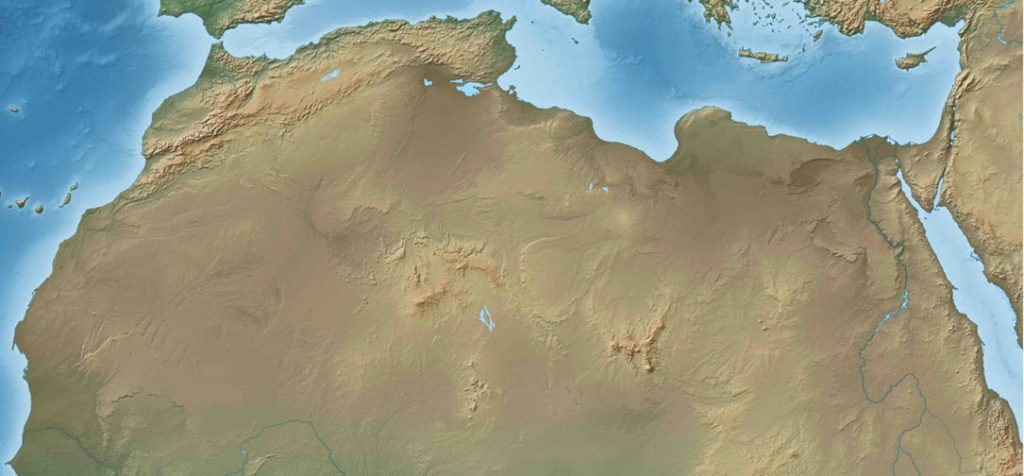The study area comprises all the countries of the North Africa, including the Sinai Peninsula, but not the Macaronesian archipelago. The area is determined by natural boundaries: the Mediterranean Sea to the N, the Sahel to the S, the Atlantic Ocean to the W, and the Red Sea to the E.

All woody species of trees, shrubs and lianas of this area are included in this project. It also includes subshrubs that reach more than 0.5 m in height, and species with stems that are only slightly lignified the base but that are of great importance in the formation of habitats (such as small suffrutices of the Amaranthaceae, Zygophyllaceae, Labiatae or Compositae families).
The current project aims to contribute to the knowledge and conservation of biodiversity and to fight against desertification in North Africa. With these two goals in mind, the descriptions —and especially the keys— are devoted to native species. The native species and infraspecific taxa appear in bold type when they are mentioned for the first time, and in italics when they are mentioned again. The herbaceous and exotic species, which are sometimes mentioned for some specific reason, appear always in italics.
For a more general knowledge of the flora of North Africa, the main references for the region can be consulted, which are cited here. To deepen the knowledge of trees and shrubs discussed on this website, the most specialized bibliography in each family and genre is frequently cited: monographs, doctoral theses and articles that have appeared in national and international journals.
